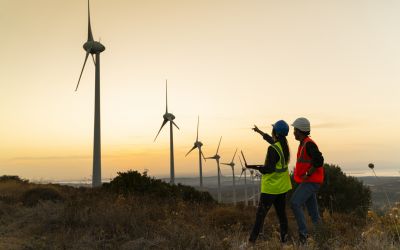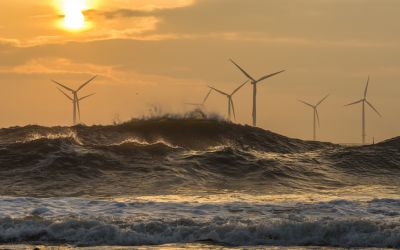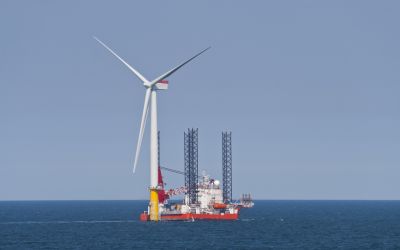One of the world’s largest offshore wind farms opens in the North Sea
Dutch officials have opened what is billed as “one of the world's largest offshore wind farms”, which will generate enough electricity to meet the needs of around 1.5 million people over the next fifteen years

On Monday 8 May, Dutch officials opened what is billed as “one of the world's largest offshore wind farms”, which will – over the next fifteen years – generate enough electricity to meet the needs of around 1.5 million people.
The Gemini Windpark comprises of 150 turbines and is located some 85 kilometres (53 miles) off the northern coast of The Netherlands in the North Sea.
During times of high winds, the wind farm has a generating capacity of about 600 megawatts (MW) – enough energy to power 785,000 Dutch households.
Over the next fifteen years, the wind farm will supply up to 1.5 million residents with power, and reduce the amount of CO2 emissions by about 1.25 million tonnes – Gemini said.
The realisation of the €2.8 billion ($3 billion) project was thanks to Gemini’s four partners: Canadian independent renewable energy company Northland Power; wind turbine manufacturer Siemens Wind Power; Dutch maritime contractor Van Oord; and waste processing company HVC.
The wind farm is expected to contribute around 13 per cent of the Netherlands’ total renewable energy supply, and approximately 25 per cent of its wind power – Gemini Windpark’s CEO, Matthias Haag, told AFP.
The Dutch government has committed to sourcing 14 per cent of its energy from renewables by 2020, 16 per cent by 2023, with the target of being carbon neutral by 2050.
Haag stated that the Gemini Windpark is a “stepping stone” in the Netherlands and has "shown that a very large project can be built on time, and in a very safe environment."
The Netherlands will also host a new Global Centre of Excellence to help countries, institutions and businesses to adapt to a warming climate with the support of the Japanese government and UN Environment.
In addition, the country will be home to Europe’s first commercial vertical farm which will serve one of Europe’s biggest supermarket chains with lettuce grown using LED horticultural lighting.
Vertical farming allows for the locating of food production close to – or even within – urban areas, where food consumption is concentrated, thus helping combat the world’s rising population as well as reducing emissions and transport-related costs.
To receive similar news articles, sign up to our free newsletter here.
Image source: Gemini






